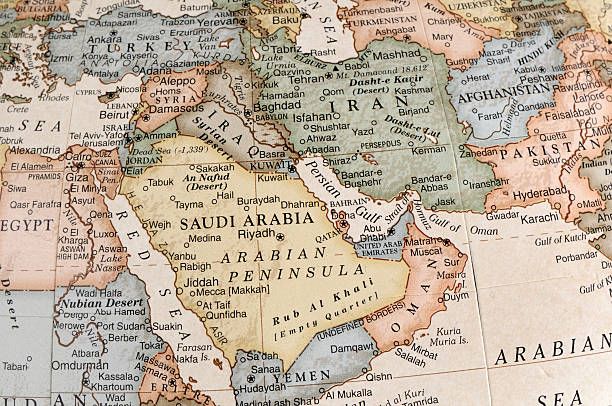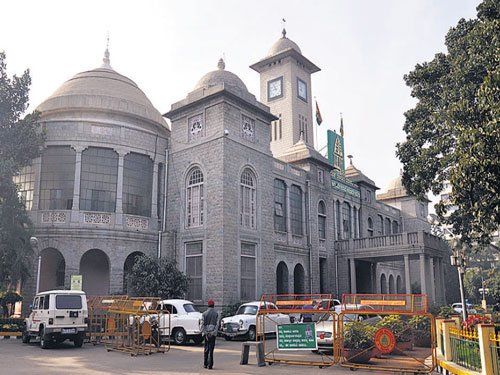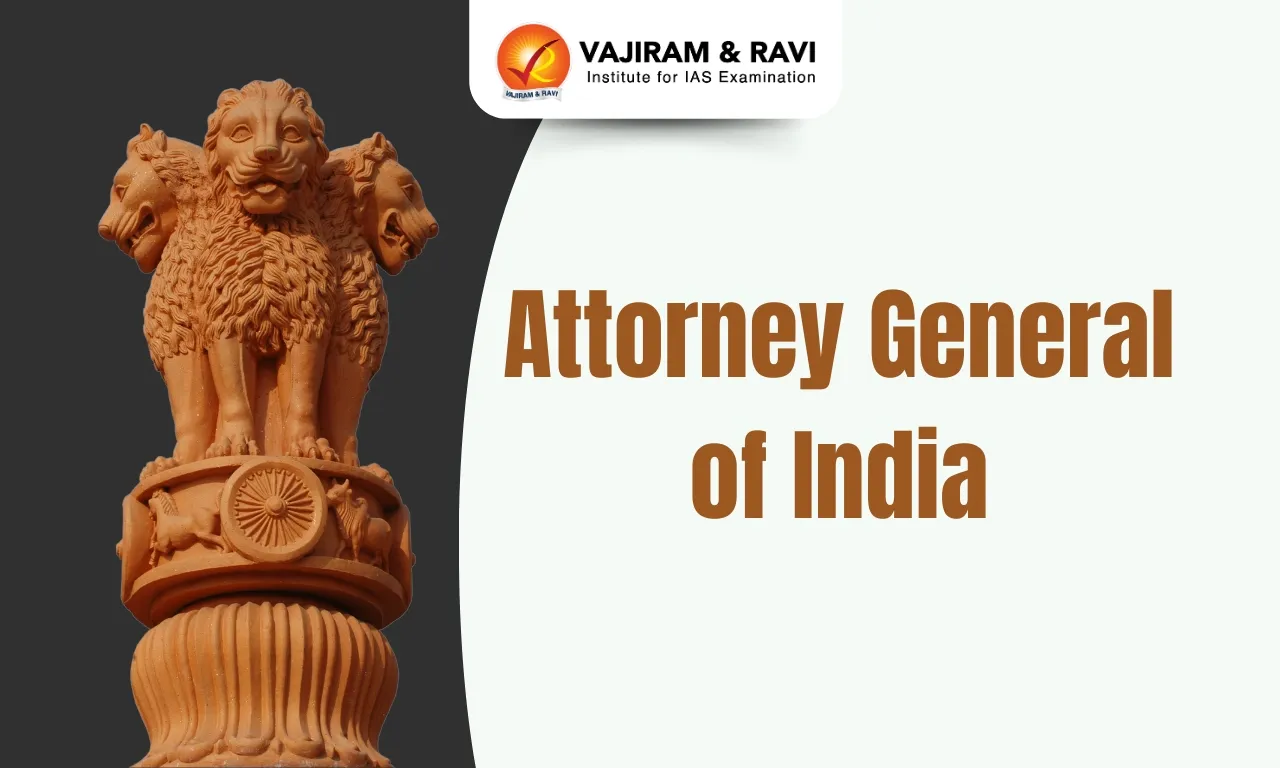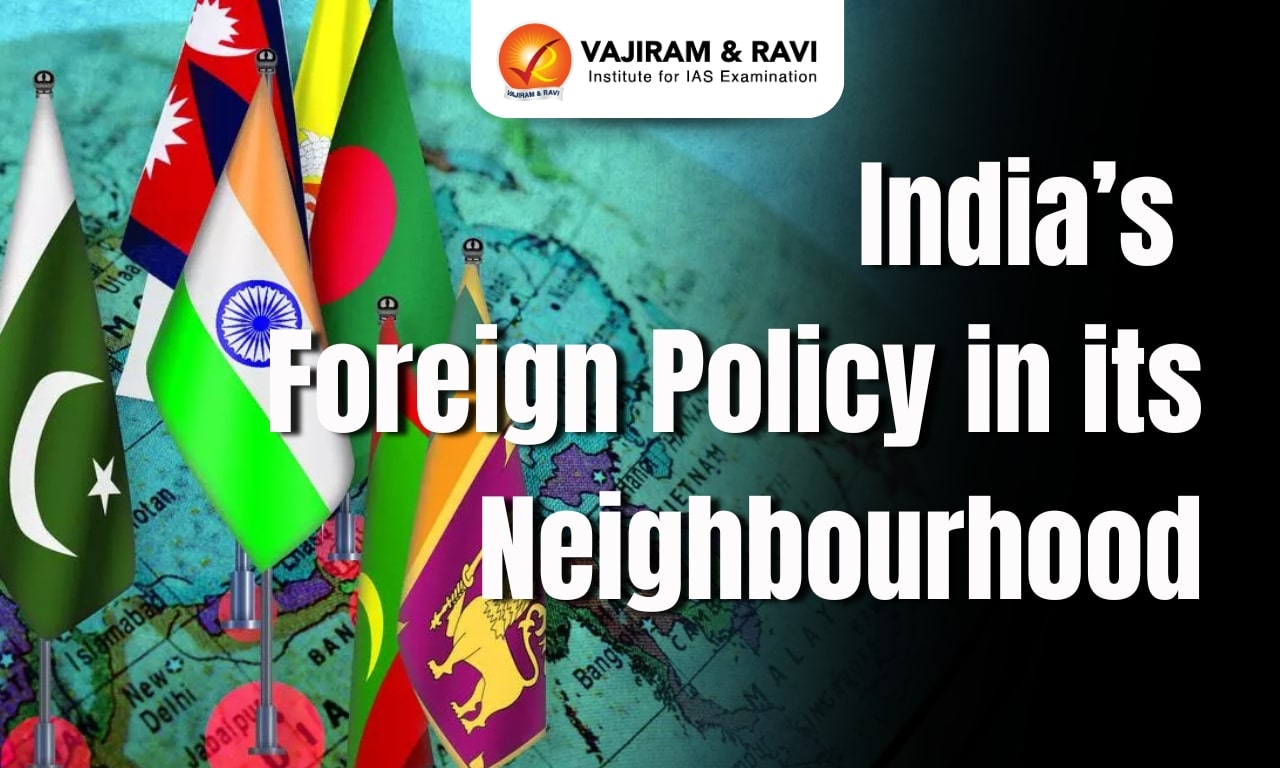Which countries comprise the West Asia region?
West Asia is a subregion of Asia that is bordered by Europe to the west, Central Asia to the north, South Asia to the east, and Africa and the Arabian sea to the south.- The region of West Asia roughly includes Armenia, Azerbaijan, Bahrain, Cyprus, Georgia, Iraq, Israel, Jordan, Kuwait, Lebanon, Iran, Oman, Palestine, Qatar, Saudi Arabia, Syria, Turkey, United Arab Emirates, and Yemen.
- The region is known for its diverse landscapes, including deserts, mountains, and coastlines. It is also home to a number of major rivers, like the Tigris, Euphrates, Nile etc.
What is the significance of West Asia for India?
West Asia is of significance for India due to its location as well as its role in global geopolitics. Some of the major points of interest for India in West Asia are:- Energy security: India imports a significant portion of its energy needs from West Asia, particularly oil and natural gas.
- Example: Saudi Arabia and Iraq are major suppliers of oil to India.
- Economic significance: West Asia is a vital trading partner for India. Indian companies have invested heavily in the region, particularly in the infrastructure, construction, and technology sectors.
- Diaspora: There is a significant Indian diaspora in West Asia, particularly in the Gulf countries, which plays a vital role in the region's economic and cultural fabric.
- India has a diaspora of around 3.5 million in the United Arab Emirates and 2.5 million in Saudi Arabia.
- Cultural ties: India has a long history of cultural exchange with West Asian countries. India has also established cultural centres in several countries in the region.
- Countering radicalisation: Close cooperation with West Asian countries can serve as a counter to radicalisation.
- Gateway to Central Asia: West Asia has the potential to serve as the gateway to landlocked Central Asia.
- Example: Chabahar port development by India in Iran.
What is India’s foreign policy towards West Asia?
India has traditionally maintained strong relations with many West Asian countries, and it has sought to deepen its engagement with the region through economic, political, and cultural ties.- India has had trade partnerships with West Asia in areas of energy and oil since the 1990s.
- In 2014, in line with the Look East policy, India charted a new approach focusing on building strategic relations with West Asia.
- The policy is aimed at fulfilling India’s national interest without getting involved in the regional politics of the Arab world.
- India-UAE Comprehensive Economic Partnership Agreement (CEPA): India and the UAE signed the CEPA in 2022, which is expected to increase the bilateral relationship between the two countries.
- Overseas Investment: Saudi Arabia is actively investing in the Jio platform of Reliance Industries.
- Chahbar port development: The port of Chabahar is located in southeastern Iran in the Gulf of Oman. It has offered India connectivity to Central Asia (especially Afghanistan) through Iran.
- India-Arab Cooperation Forum: India hosted the India-Arab Cooperation Forum in 2014, promoting existing India-Arab engagements and annual ministerial exchanges.
- Cooperation with Organization for Islamic Cooperation (OIC): In 2019, India had made its maiden appearance at the OIC Foreign Ministers’ meeting as a “guest of honour”.
What are the areas of cooperation between India and West Asia?
There are several areas of cooperation between West Asia and India. Some of these include:- Trade and commerce: West Asia has traditionally been an important trading partner for India.
- Example: India’s trade with UAE stood at 73 billion in 2021-22, with a growth of 68% compared to 2020-21.
- Strategic partnerships: India has developed strategic partnerships with a number of West Asian countries to enhance its political and security interests in the region.
- Example: India has a CEPA with the UAE and strong defence ties with Israel (procurement of Barak missiles).
- Migration and labour: There is also a significant amount of migration and labour movement between India and West Asia, with many Indians going to the region for work.
- Example: India is one of the largest sources of migrant labour in countries such as the UAE and Saudi Arabia.
- Humanitarian assistance: India has provided humanitarian assistance to countries in the region during times of crisis, such as during natural disasters or conflict.
- Example: India has provided humanitarian assistance to Syria during its civil war.
- Connectivity
- The International North-South Transport Corridor (INSTC): It envisions a multi-mode network of ship, rail, and road routes for transporting freight aimed at reducing the carriage cost between India and West Asia to Europe.
- The project was originally decided between India, Iran, and Russia in 2000 and subsequently included 10 other central Asian and West Asian countries.
- Ashgabat Agreement: It envisages the facilitation of transit and transportation of goods between Central Asia and the Persian Gulf. It was first signed by Uzbekistan, Turkmenistan, Iran, Oman, and Qatar in 2011. India joined the Ashgabat Agreement in 2018.
- The International North-South Transport Corridor (INSTC): It envisions a multi-mode network of ship, rail, and road routes for transporting freight aimed at reducing the carriage cost between India and West Asia to Europe.
- India-UAE ties: UAE is India’s third-largest trade partner and second-largest export destination. In terms of people-to-people ties, the Indian expatriate community of approximately 3.4 million is the largest of India’s diaspora.
- India-Iraq ties: Iraq was India’s fifth largest trading partner in 2021-22 at $34.3 billion. It is also one of the major oil suppliers to India.
- India-Qatar ties: Qatar is India’s most important supplier of natural gas. It accounts for 41% of India’s total natural gas imports.
- India-Oman ties: India has secured access to the key Port of Duqm in Oman for military use and logistical support. This has helped India to strengthen its footprint in the Indian Ocean. India is also among Oman’s top trading partners.
What are the challenges in India-West Asia ties?
Some of the major challenges in India-West Asia ties are:- Limited economic ties: Despite efforts to expand economic ties, trade between India and West Asian countries is relatively limited compared to other regions.
- Example: In 2019, India's total trade with West Asia accounted for just 7.5% of its global trade.
- Geopolitical tensions: West Asia is a volatile and politically tense region, and India has to navigate these complex geopolitical dynamics in its relations with countries in the region.
- Example: India has to balance its relations with Israel and Palestine.
- Competition with other major powers: India's relations with West Asian countries are also influenced by the competing interests of other major powers like China.
- Example: India has sought to counter China's increasing regional influence through economic and security cooperation with countries like the UAE and Saudi Arabia.
- Political instability: Many countries in West Asia have faced political instability, which has had negative impacts on India's interests in the region.
- Example: The internal security situation in Syria, Iraq and Yemen is unstable.
- Source of terrorism: The rise of the Islamic State and other terror groups has created a threat to the Indian diaspora residing in West Asia. Also, the radicalization of Indian youth and their joining of Islamic State has been another major problem.
- Energy security: The majority of these energy imports come from West Asia, and any disruption to the supply of these energy resources can have serious implications for India's economy.
- Sectarian tensions: Sectarian tensions between Shia and Sunni Muslims in the region have affected India's relations with West Asian countries.
- Example: India has sought to balance its relations with Iran, a predominantly Shia country, and Saudi Arabia, a predominantly Sunni country.
How can India address the challenges in India-West Asia ties?
India has traditionally taken a multi-faceted approach to addressing the challenges in its relations with West Asia. Some of the key approaches that India has taken include:- Economic engagement: India has sought to strengthen its economic ties with West Asian countries through trade and investment.
- Example: Completing the pending free trade agreement with the Gulf Cooperation council expeditiously.
- Countering terrorism: India can collaborate in a mutual security and military pact with countries like Israel, Saudi Arabia, Bahrain, Turkey etc. The pact must focus on common intelligence sharing, counterterrorism operations, joint armed forces exercises to promote synergy.
- Climate change and sustainable development: A regional sustainable development treaty under the aegis of the I2U2 grouping could be signed by expanding the membership of the grouping to include as many West Asian countries as possible.
- India can also increase its investments in clean sources of energy like solar panels, and electric vehicles in West Asian countries.
- Cultural exchange: India should promote cultural exchange with West Asian countries as a way of building stronger ties and understanding.
- Example: Initiatives such as the Indian Cultural Centre in Dubai, which hosts events and exhibitions that promote Indian culture in the UAE.
- Maintain a balanced approach: India should try to maintain good relations with all countries in the region rather than taking sides in any geopolitical disputes.
Last updated on December, 2025
→ Check out the latest UPSC Syllabus 2026 here.
→ Join Vajiram & Ravi’s Interview Guidance Programme for expert help to crack your final UPSC stage.
→ UPSC Mains Result 2025 is now out.
→ UPSC Notification 2026 is scheduled to be released on January 14, 2026.
→ UPSC Calendar 2026 is released on 15th May, 2025.
→ The UPSC Vacancy 2025 were released 1129, out of which 979 were for UPSC CSE and remaining 150 are for UPSC IFoS.
→ UPSC Prelims 2026 will be conducted on 24th May, 2026 & UPSC Mains 2026 will be conducted on 21st August 2026.
→ The UPSC Selection Process is of 3 stages-Prelims, Mains and Interview.
→ UPSC Result 2024 is released with latest UPSC Marksheet 2024. Check Now!
→ UPSC Prelims Result 2025 is out now for the CSE held on 25 May 2025.
→ UPSC Toppers List 2024 is released now. Shakti Dubey is UPSC AIR 1 2024 Topper.
→ UPSC Prelims Question Paper 2025 and Unofficial Prelims Answer Key 2025 are available now.
→ UPSC Mains Question Paper 2025 is out for Essay, GS 1, 2, 3 & GS 4.
→ UPSC Mains Indian Language Question Paper 2025 is now out.
→ UPSC Mains Optional Question Paper 2025 is now out.
→ Also check Best IAS Coaching in Delhi
India-West Asia Relations FAQs
Q1. What is I2U2?+
Q2. What is Gulf Cooperation Council?+

















